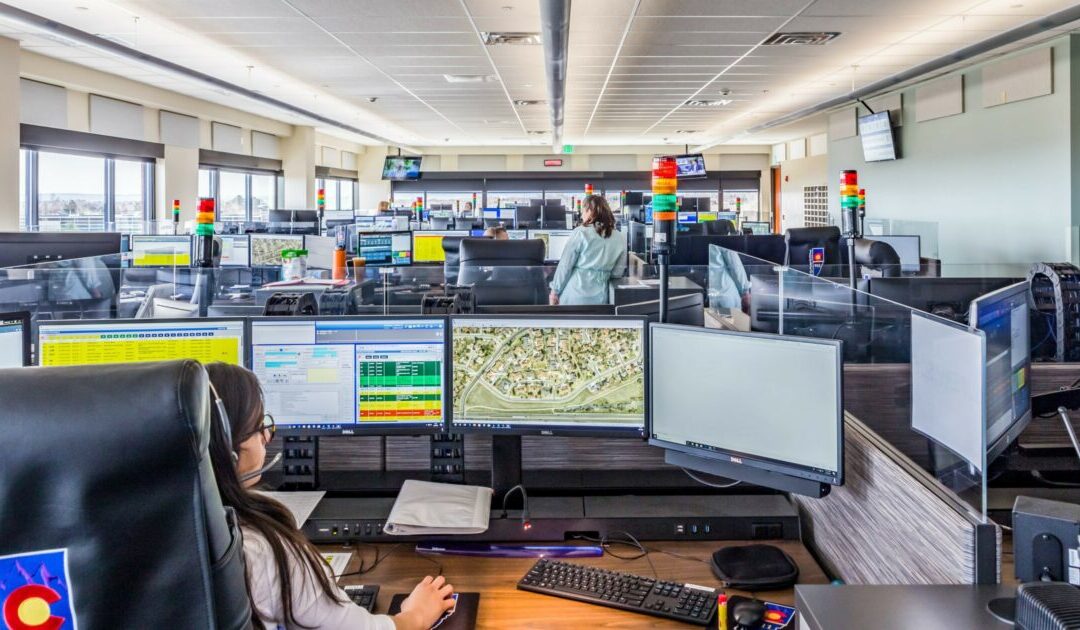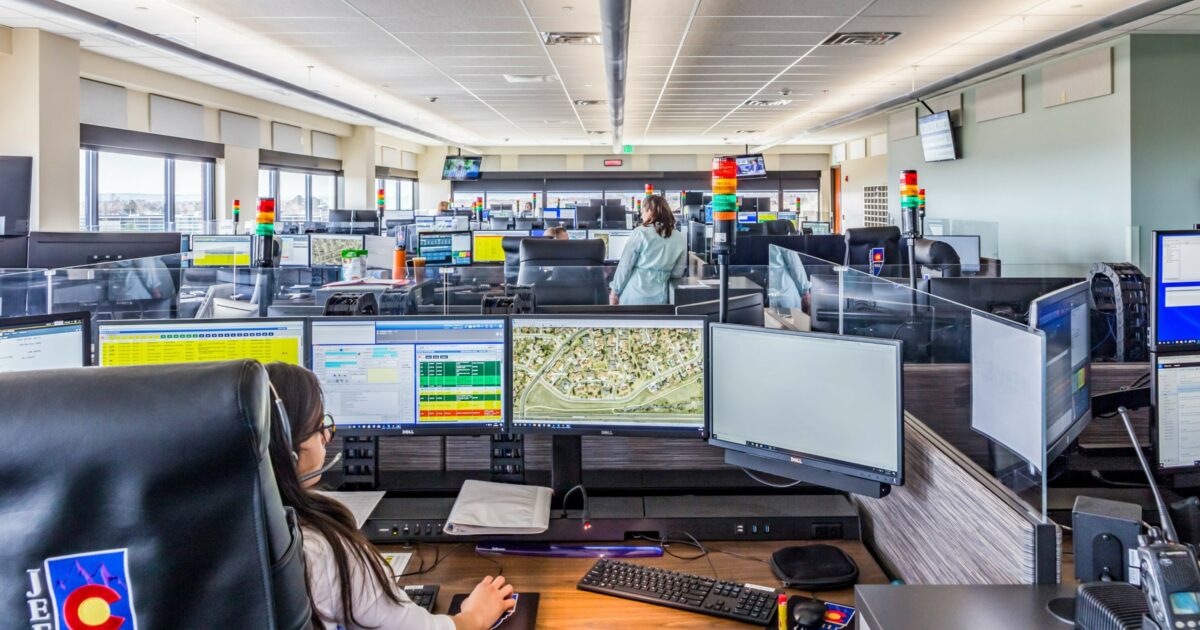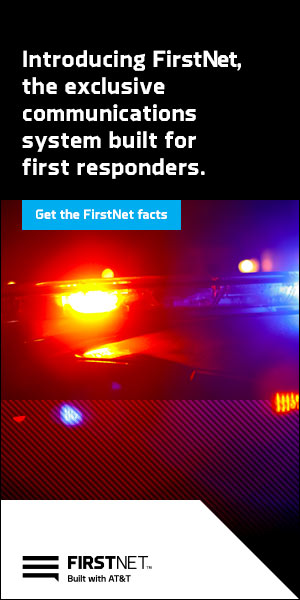by ECC Editor | Aug 2, 2021 | Articles, Comm Center News
It’s a terrifying scenario, it’s 2:37 AM, you’re asleep in your own bed and suddenly you’re awakened by sound, a criminal has broken into your home. You pick up your cell phone and dial 9-1-1, the operator answers, you’re frightened and trying to be quiet so the criminal doesn’t hear you. “I’m at 1808 Dillon Ave” you whisper – “you’re at 1868 Dillan correct” the 9-1-1 operator says – “just hurry” you say in a panicked whisper.
In 2019 there was a 9-1-1 call and 15-year-old Dennis King died because police were mistakenly sent to 3356 N. 10th Street instead of 3356 N. 12th Street. As crime rates across the country rise an increasing number of Americans are coming to the realization of a serious problem, when you call 9-1-1 from a cell phone they do not know you’re location; the best they can do is to narrow your location down to an area between 25,000 square feet and 27,000,000 square feet… READ MORE

by AllThingsECC.com | Aug 2, 2021 | Articles, Comm Center News
More often than not, an experience that involves interaction with a 911 dispatcher is often a part of someone’s “worst day” ever. Constantly on the receiving end of calls from persons experiencing emergency situations, that “worst day” reality is experienced ten fold by dispatchers themselves and is repeated day in and day out.
In their daily responsibilities, the critical incident stress that dispatchers experience is a well documented contributor to staff turnover experienced by communications centers across the country. Because of this, the need to create environments that assist in easing stress and promoting wellbeing for personnel has grown in awareness…
by AllThingsECC.com | Aug 1, 2021 | Articles, Comm Center News
In-building coverage is a significant challenge for first-responder emergency communications, according to an International Fire Chiefs Association report based on a Safer Buildings Coalition survey conducted in 2018. According to the report, 98% of emergency responders said that they were having problems with their communication because of dead spots in a building, while 56% said they were experiencing complete communication failures at sites.
There are several factors that cause these in-building communications difficulties for public safety, beginning with the reality that many buildings prevent the receipt or transmission of LMR (Land Mobile Radio) and FirstNet messages, based on construction elements and/or building configuration. Cellular and LMR towers may do an excellent job at transporting the signal, but building materials like rebar, cement, brick, LEED glass, and metal can prevent the signal from reaching a first responder’s device…

by AllThingsECC.com | Aug 1, 2021 | Articles, Comm Center News

photo by fromcaliw/love
Dave Statter covered public safety in the District of Columbia and the region as a reporter for WTOP Radio & WUSA-TV. His website, STATter911.com, focuses on fire, EMS and 911 issues and videos. Dave currently runs STATter911 Communications in Arlington, VA.
Between the pandemic and the wave of violence in the District of Columbia, no one wants another reason to fear for their health and safety or for the well-being of their family. But there’s another crisis. One that’s mostly being ignored by political leaders and the news media. DC 911 is in desperate shape.
Handling almost two million calls each year, there’s no other local public safety agency in the region with more impact on our health and safety than DC’s Office of Unified Communications (OUC). Right now, the person in charge of OUC is struggling to get staff to show up for work and making sure those who do, put in a full shift. And with Covid cases rising among the unvaccinated, this 911 staffing problem may soon get much worse. OUC is the DC agency with the lowest percentage of vaccinated workers – less than 35%…
by ECC Editor | Jul 29, 2021 | Articles, Comm Center News
At the Uniformed Services University of the Health Sciences, a U.S. government medical training institution, David Lyons has been upgrading the phones.
In 2015, USU — which educates students who want to serve in federal health professions, similar to the mission of the military academies — converted its phones from conventional analog lines to Voice over Internet Protocol. In such systems, voice is converted to a digital signal, allowing users to make calls directly from a computer, a VoIP phone or other data-driven device.
Recently, the USU system underwent a series of enhancements as part of a five-year plan for telephony management, purchasing a host of Cisco Systems products. “There is a perception that government is always behind, always trying to play catch-up,” says Lyons, chief of telecommunications at USU… READ MORE
by AllThingsECC.com | Jul 29, 2021 | Articles, Comm Center News
This week we will look at the numbers as FirstNet (Built with AT&T) continues to add more agencies and users and we will discuss its plans to support another Push-To-Talk (PTT) application. We will then consider the possibility that the Federal Communications Commission (FCC) will issue a notice of proposed rulemaking for the 4.9-GHz band and reflect on public safety’s stance on this spectrum.
FirstNet Growth
Congratulations to FirstNet (Built with AT&T). The latest numbers have been released and they show that the network now supports more than 17,000 agencies and more than 2.5 million users…





